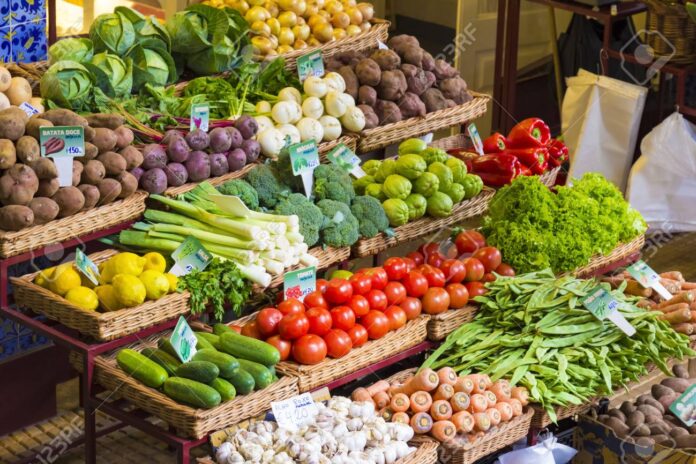The recent surge in vegetable prices, particularly tomatoes, has caused significant distress among consumers across India. With staple vegetables reaching unprecedented price levels, the situation calls for a closer examination of its potential impact on the economy. This article delves into the reasons behind the price surge, its impact on consumers, and the broader implications for the economy.
The Tomato Price Shock:
Tomatoes have garnered significant attention due to their sudden price increase in recent days. Reports of tomato theft and the installation of CCTV cameras by traders highlight the seriousness of the situation. In some parts of Uttarakhand, tomatoes are being sold at Rs 250 per kilogram, while major cities like Delhi, Kolkata, and Mumbai are witnessing prices above Rs 150 per kilogram. Mumbai, in particular, has experienced the highest price of Rs 160 per kilogram for tomatoes. The upward trend in tomato prices is expected to continue until mid-August before gradually subsiding, coinciding with the arrival of Kharif crops. However, tomatoes are not the only vegetables affected, as cauliflower, coriander, brinjal, chillies, and ginger have also witnessed significant price hikes.
Factors Contributing to the Price Surge:
Traders and farmers attribute the extreme price hike to a combination of factors. The intense heatwave followed by intermittent rainfall has disrupted the vegetable supply chain, leading to shortages in the market. This disruption has resulted in a sharp surge in prices across various vegetables.
Inflationary Pressure and Economic Implications:
The recent surge in vegetable prices is expected to contribute to a substantial increase in retail inflation for June, potentially impacting the broader economy. Low vegetable prices played a significant role in the decline of inflation over the past few months. However, the current price surge is likely to intensify inflationary pressures and may delay the possibility of interest rate reductions in the near future. Higher inflation can lead to reduced purchasing power for consumers, impacting their spending patterns and overall economic growth.
Monitoring the Impact:
As consumers grapple with the burden of rising vegetable prices, it is crucial to closely monitor the impact on the broader economy. Increased inflation can have far-reaching consequences, affecting not only household budgets but also business profitability and investment decisions. Policymakers and market analysts need to analyze the evolving situation and implement measures to mitigate the impact on consumers and ensure sustainable economic growth.
The surge in vegetable prices, especially tomatoes, has created significant distress among consumers in India. Factors such as erratic weather conditions and disruptions in the supply chain have led to shortages and price hikes across various vegetables. This price surge is expected to contribute to a rise in retail inflation, potentially impacting the economy and delaying interest rate reductions. It is essential to closely monitor the situation and implement measures to address the challenges posed by rising vegetable prices. By ensuring stability in the food supply chain and implementing effective policies, policymakers can mitigate the impact on consumers and foster sustainable economic growth.



